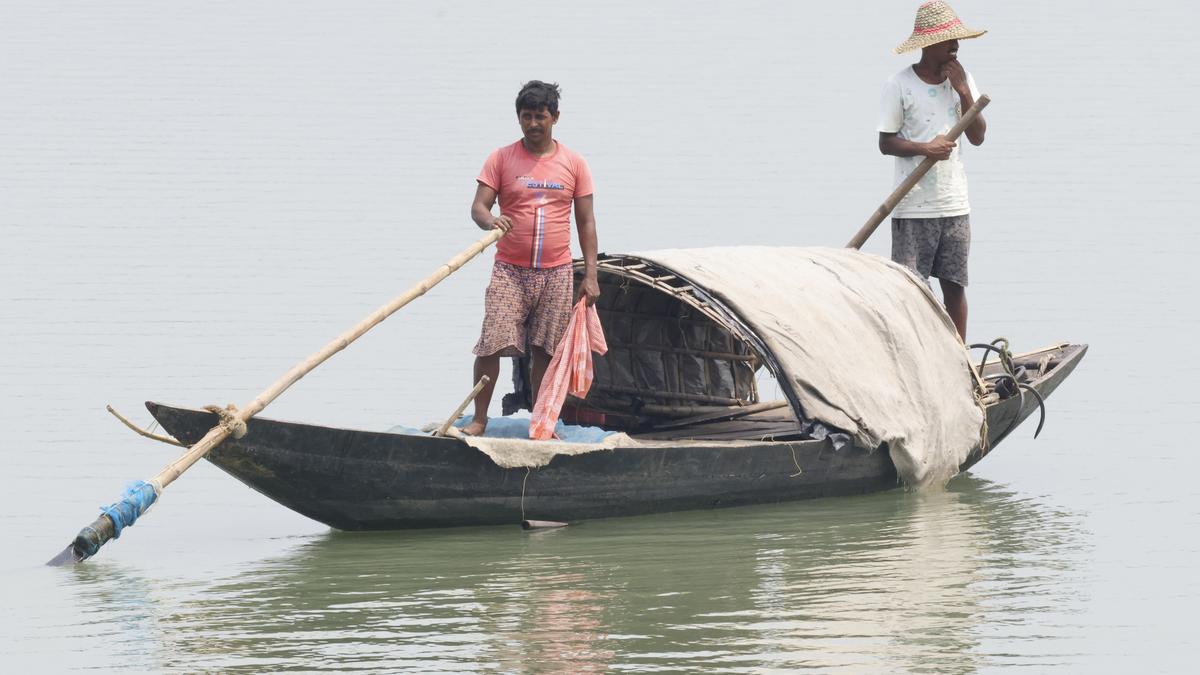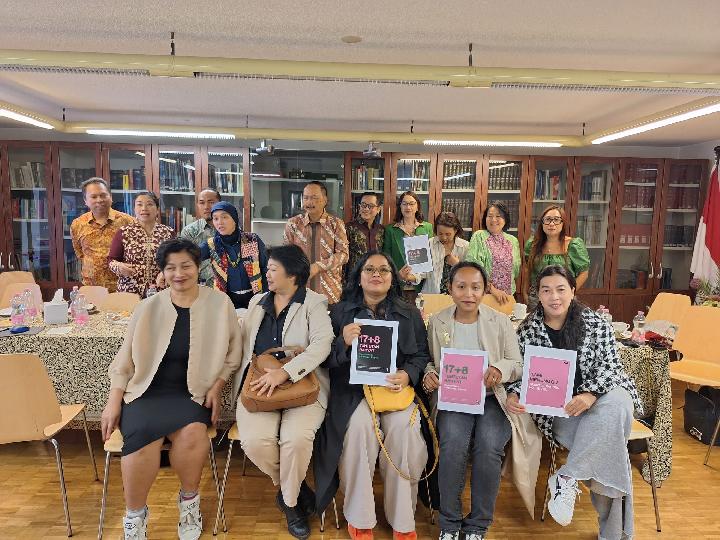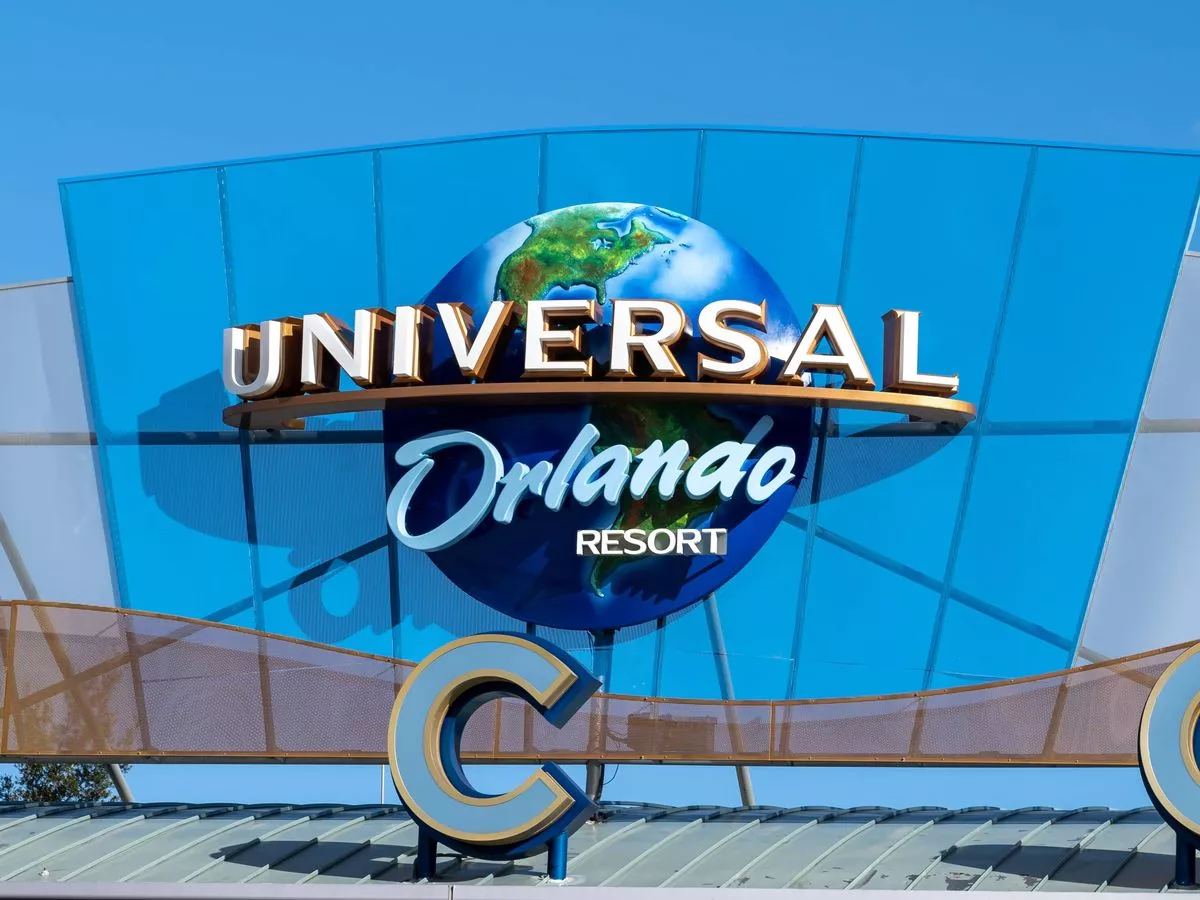By Stephen Scourfield
Copyright thewest

To Indians, the River Ganges is the Ganga, river of life.
But there is life on the river.
A man hunkers down on his haunches, watching a single fishing line.
Another is stock-still in the thin circle of shade afforded by a black umbrella.
Others stand like storks on their simple wooden craft.
But two men working together haul in a net which glistens and sparkles.
This is the Ganges in West Bengal, and we walk through the fish market in Kalna, a village of 50,000 people, and see some of the evidence of their patient, working lives.
The guided walk around Kalna is one of the excursions offered on a river cruise on the Uniworld Ganges Explorer II.
Men cut, gut and clean fish with a traditional knife — a sort of vertical sabre mounted in a block.
The abundant river.
SOURCES OF INSPIRATION
The Ganges is venerated in India as a mother — “Ganga Ma”.
It is revered for its ability to create, preserve and destroy life, mirroring the powers of the Hindu trinity; Brahma the creator, Vishnu the preserver, and Shiva the destroyer.
The river has the status of a goddess. It is considered as a cradle of Indian civilisation, with its emphasis on non-violence and co-existence.
It is more than a river. It is a faith; spiritually, emotionally, religiously and culturally.
As the first prime minister of India after the country’s 1947 independence, Jawaharlal Nehru, said: “The Ganga, especially, is the river of India, beloved of her people, round which are intertwined her memories, her hopes and fears, her songs of triumph, her victories and her defeats.
“She has been a symbol of India’s age-long culture and civilisation, ever changing, ever flowing, and yet ever the same Ganga.”
Raj Singh, the owner of the Ganges Explorer II, which Uniworld permanently charters, adds that the river is unusual in that it is undammed and wild.
The Ganges is born on the southern slopes of the Himalayan Gangotri glacier.
It runs about 2525km to the Bay of Bengal, across a basin of about one million square kilometres. That basin many have about 600 million people living in it.
For many of those people the water is holy, playing a crucial role in Hindu ceremonies — rituals of birth, marriage and death.
Hindus believe life is incomplete without bathing in the Ganga at least once.
It is believed any water mixed with even the smallest amount of Ganges water will become holy and have healing powers, and in a stall by the waterfront, bottles are sold for people to take water home in.
MATTERS OF BELIEF
In Hindu beliefs, there are three great deities — Brahma, the creator, Vishnu (who also lives as the avatar Krishna), the preserver, and Shiva, the destroyer. Brahma approves the Ganga’s descent from heaven to Earth — but realising the force will shatter the planet, Shiva catches the river’s flow in his matted hair, allowing it to land safely. The story is strongly symbolic of how Shiva can control even the most powerful forces of nature, ensuring the wellbeing of the planet and its people.
MATTERS OF SCIENCE
While the healing properties of the Ganges are etched into religious life, they also have some grounds in microbiology.
Bacterial viruses known as bacteriophages are found in the Ganges. Indeed, they were identified by British bacteriologist Ernest Hanbury Hankin in 1896.
These microorganisms, bacteriophages, kill bacteria in water, but need a specific host to complete their reproduction cycle.
The bacteriophage in Ganges water is unique in that it can insert its genome into almost all types of bacteria as a host. But it can complete its reproductive cycle only in a specific bacterial cell, E. coli.
It has been reported these properties of bacteriophage in the water of the Ganges are not known in other types of bacteriophages.
+ There are voyages on Ganges Voyager II as part of Uniworld’s 12 night India’s Golden Triangle and the Sacred Ganges itinerary. On the land this visits Delhi, Agra and Jaipur. On the River Ganges, sailing out of Kolkata, the ship visits the little town of Kalna, with its brick temples, Matiari, Murshidabad, Baranagar, Mayapur and Chandannagar – places best reached by river. Contact Bicton Travel for prices and availability. 9339 5199 and bictontravel.com.au



